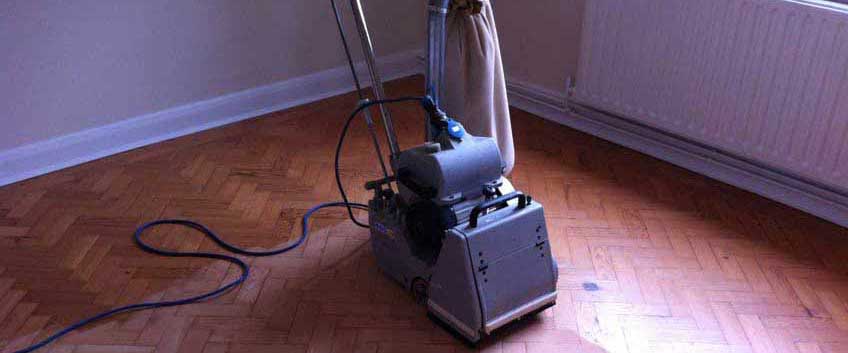
People often come to us to ask and request a wood floor sanding service. As we always love to say, the informed choice is the best, so before initiating a sanding project, we would like to be sure you understand what wood floor sanding stays for and what you can expect from the service. Today our Luton experts will share their recommendations and opinion with you.
One thing we love to ask our clients for is: “Why you do believe your wooden floor needs a sanding treatment?’’. Most of them will tell you they have noticed some significant changes in the look of their floor they don’t like at all. With time and due to so many reasons, but mainly due to humidity, aggressive and busy environment and high traffic, the wood experienced some changes, which are completely natural and have nothing to do with the quality of the material. The proper maintenance and cleaning routine will keep your floor better looking and in good condition for a long time, but not forever.
If you notice discolouration, this is usually the result of direct exposure to sun rays. If you notice scratches and dents, they can be caused by a pet’s nails, high heels, furniture and even small dust and dirt particles. If the squeaky noise drives you mad, this is probably because the wood is getting thinner due to a high level of everyday use. If you notice some “movement” of the planks or timber and gaps appear, this can be due to humidity, temperature change, etc. Any of the above listed is a sign of deterioration and this is not the best moment to neglect the imperfections. Most of the time sanding will be recommended for improvement and prevention of major issues.
Sanding is a unique service, which is available only for owners of wooden floors. You are a lucky guy because you own flooring with natural character, which can experience a lot of positive changes and transformation. There is no analogue of sanding with the other types of flooring and you have a great chance to enjoy the initial look and condition for more than a hundred years if you make sure you pamper your floor and maintain it occasionally. Solid wood floors, for example, can be sanded up to 5 times in their life, depending on the thickness of the timber. Engineered wood floors, on the other hand, can be treated up to 4 times and the results will always be impressive. Now, once you already understand that the service is recommended not only for visual improvement but also for stability and longevity improvement, let’s see which are the main three stages of the process.
First of all, proper preparation is a guarantee for success. And by preparation, we mainly mean expert consultation. If you want your floor to be treated the right way, make sure to hire professionals, who will inspect it, discuss everything with you everything and develop the best battle plan. The sanding process, itself, consists of removing the old and worn layer of finishing product and if the bare wood underneath is distressed and scratched, also a thin layer of it.
For that mission, different sanding machines with different sanding papers attached, depending on the wood species, type of flooring, the issues, the desired effect, etc. Once the surface is sanded and smooth, sealing is always recommended. Right after sanding the wood’s pores are open and the finishing product will adhere successfully, adding more durability to the structure and creating a protective barrier on the surface.